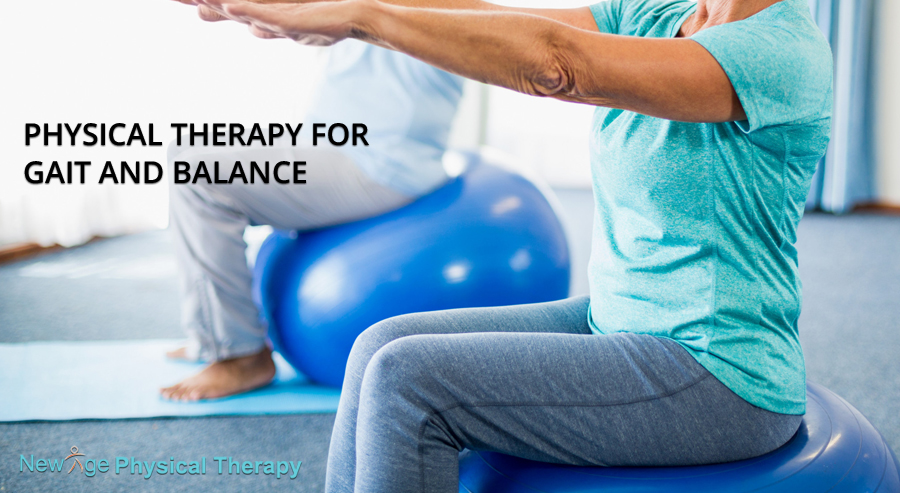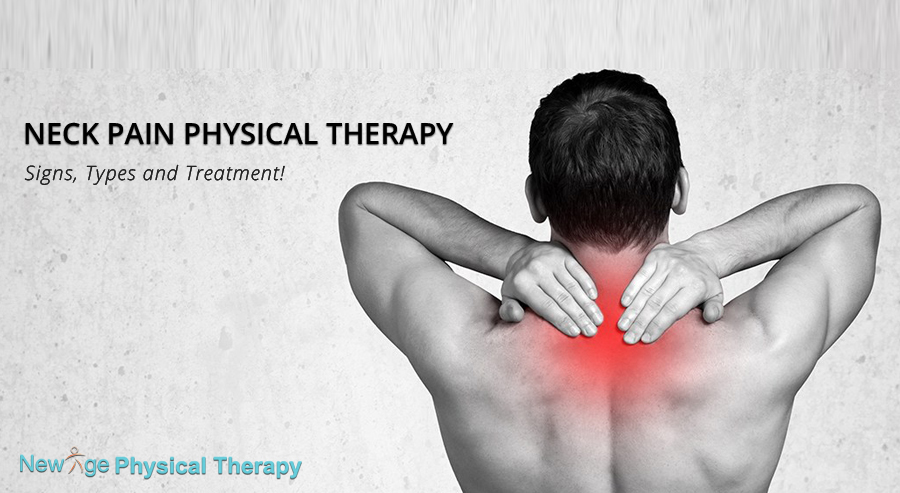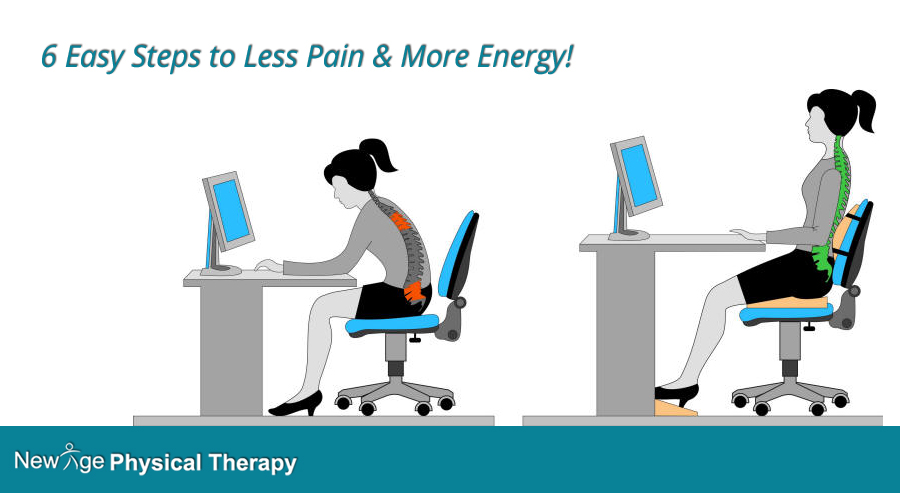What is Postural Dysfunction?
Postural dysfunction, also known as “poor posture”, occurs when we position our spine in unnatural positions such as rounding our shoulders and protruding the head. This can place great stress on the vertebrae as well as the joints and muscles in the surrounding area. It’s important to correct our posture before too much pressure accumulates leading to the onset of more pain.
Essentially our body is designed for movement. It’s not meant to stay stagnant for long but today, more and more people are adapting stationary lifestyles and habits (i.e. sitting at work for long hours, watching television, or using the computer).
As technology continues to boom, more time is spent looking down at phones and tablets causing our bodies to maintain a flexed posture far longer than what’s appropriate. In fact, the ideal stance is where the ears, shoulders, hips, knees, and ankles should be aligned.
A number of factors can cause posture problems including:
- Muscle Tightness: If a muscle continues to be shortened, it will eventually accommodate that position by becoming shorter. For instance, sitting for long periods can cause our hip flexors to shorten, thus, interfering with our gait and causing a flexed forward posture.
- Muscle Weakness: If a muscle continues to be lengthened, it will eventually become weak due to overuse. For instance, sitting for long periods can cause our gluteus Maximus muscle to lengthen which increases the possibility of atrophy. This can cause lower back pain and less hip mobility, ultimately leading to poor posture when we stand.
- Soft Tissue Shortening or Adhesions: When a joint remains immobile, it can become stiff and lose some of it’s range of motion.
- Poor Neuromuscular Control: Injury can alter neuromuscular control, thus, affecting joint stability and posture.
- Inflammation: Inflammation can cause muscle spasms, guarding, and changes in posture.
How can physical therapy help?
Postural Dysfunction Physical therapy is a great method to correct poor posture and restore proper balance. A physical therapist will observe your posture and educate you on good habits to maintain. Most treatment plans concentrate on reducing compensations and strains while aiming towards the optimal load on muscles and soft tissues.
You may also receive an exercise prescription to strengthen specific muscles and to correct body alignment. It’s important to note that’s everyone’s body is designed and shaped differently; therefore, every treatment plan will be individualized to meet goals and needs.
Your treatment plan may include:
- Assessment and diagnosis of postural habits
- Postural education and training
- Electrotherapy
- Manual therapy and soft tissue massage
- Joint mobilization
- Postural taping
- Corrective exercises and movements to improve flexibility, strength, and posture
- Activity modification advice
- Advice regarding ergonomic work stations
Read more:












